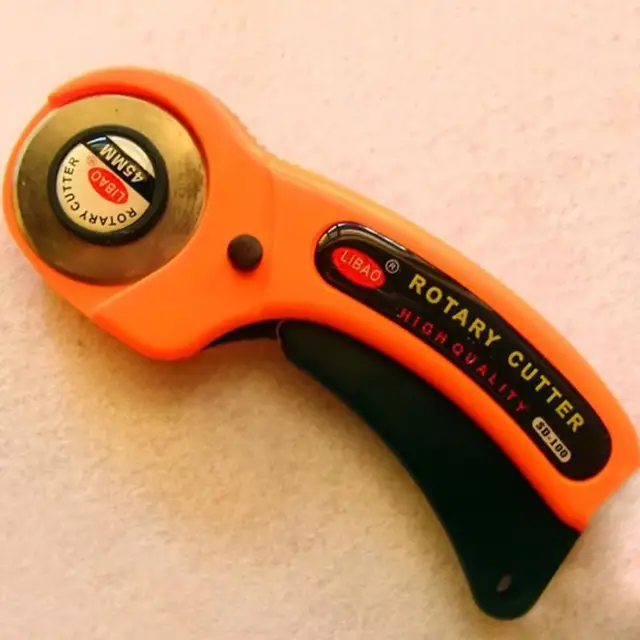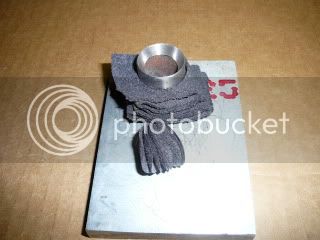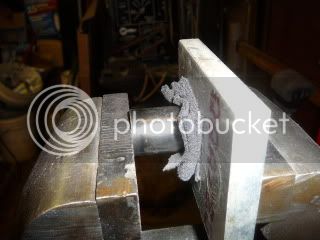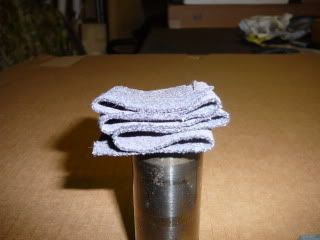Don Steele
45 Cal.
I don't tear my cloth either. Best Christmas present I've received in recent years is a pair of LEFT-HAND scissors. :bow: They get a lot of use in my patch-prep process. :thumbsup:M.D. said:No, I totally disagree about tearing patch strips. Take a piece of what ever material you want to use and check the weave tightness under a bright light.
Now tear the cloth and check it again as opposed to cutting it. I think you'll note a partial weave separation as the cloth stretches before yielding to the tear. This both opens the weave pores and weakens the fiber strength.
To the next point that M.D. alluded to: material thickness is almost meaningless if the weave isn't TIGHT. A lot of us here follow our friend Dutch's admonition to carry a measuring tool along when we go out to purchase material to check thickness both compressed and non-compressed. It's also important to make sure the material you're considering is tightly woven. It's possible to find some that has the thickness...but is weak, that is to say.. not as tight as others. It's been my observation that "tightness" tends to vary in direct proportion to price.
If you're loading a comparatively "loose" combination and shooting offhand at relatively large targets none of this matters too much.
On the other hand, if your patch/ball combination is tight and you need to put 10 balls in a hole from 60 yds that can be covered with a quarter from a "Chunk", then these minor details start to matter.




 A debate on cutting or tearing ticking and how the stripe colors need to be oriented. :surrender:
A debate on cutting or tearing ticking and how the stripe colors need to be oriented. :surrender: 



